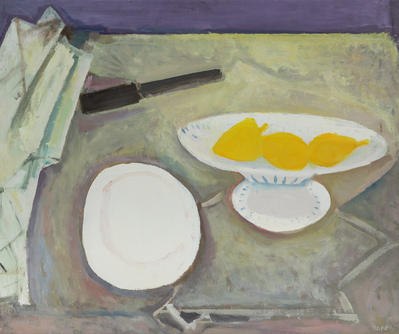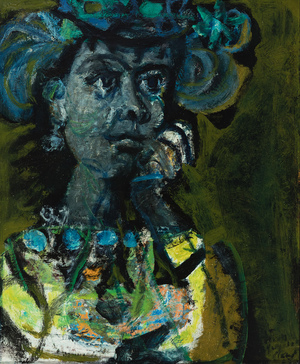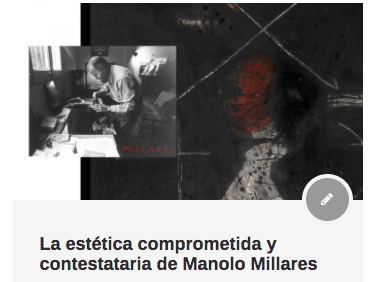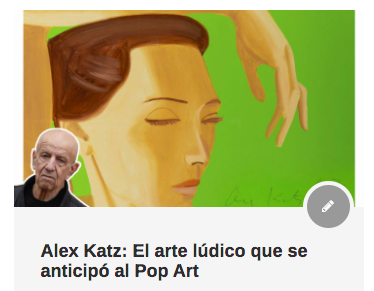Spanish artists at the School of Paris
Antoni Clavé, Francisco Bores and a long etcetera of Spanish artists found in the Paris of the historical avant-gardes, the fertile soil in which to develop their work.
The unparalleled cultural hotbed that took place in Paris at the beginning of the 20th century was an inalienable attraction for a multitude of artists of all nationalities, who came to the French capital in search of new stimuli . Among them, it is worth highlighting the extensive list of Spanish artists who came to Paris fleeing from the artistic practices of a turn-of-the-century society anchored in the past. In this sense, pioneering artists on this journey such as Julio Gonzalez, Maria Blanchard, Juan Gris, Joan Miró or Pablo Picasso are part of the universal history of art and more specifically are considered great references in the evolution of contemporary art. All of them, with the exception of Miró, and despite having settled in Paris before the outbreak of the Civil War, will never return to their country of origin, becoming a catalyst for future generations of artists who, above all, found in Picasso a figure around which they clustered.
In the 1920s and 1930s, what would be the second migratory wave of Spanish artists to Paris took place, among whom figures of the stature of Hernando Viñes, Gomez de la Serna, Oscar Domínguez or Francisco Bores stand out, who formed the so-called Spanish School of Paris . Far from being an artistically homogeneous group, this school is the result of a sum of personalities and artistic trajectories whose common denominator, in addition to their temporal and geographical confluence, is found in the research, experimentation and assimilation of the multiple and novel artistic contexts that the historical avant-gardes offered them.
An example of this is the canvas made in 1951 by Francisco Bores, who after his departure for Paris in the year fully integrated into the Parisian artistic environment where he lived practically all his life. In this case, the still life in the tender belongs to an extremely fertile creative period in its production, perfectly defined in the words of the artist himself. “My constant search for space led me, in 1950, to a new mutation: it is what critics called “the white way”. I continued to aspire to greater luminosity, disembodiing at the same time more and more figures. An attempt, in a certain way, to approach what abstract artists aspired to through purely figurative means. My painting, which was once dark, is today clear. The composition, which was very tight, I want now free and loose”.
The convulsion that the Civil War represented for Spain marked the beginning of a new migratory stage that, due to its consequences and after the Republican defeat, especially affected the group of plastic artists who supported the losing side. This stage, which began at the end of 1939, is already fully considered as an exile for artists who, like Antoni Clavé, arrived in Paris fleeing the repression of fascism that had triumphed in Spain.
Among the diversity of stages through which the work of the Catalan artist that concerns us here passes, he comes to show us the unmistakable stamp that they engraved on him, the novelties of the avant-garde that he discovered in Paris, making him one of the main characters of the second generation of artists who, under the protective wing of Picasso, formed the School of Paris. The figuration that Clavé practices in these years, moves away, as we see in this canvas, from any conventionalism or academicism thanks in large part to the influence that the work of Picasso will exert on him, translated here into an absolute compositional and formal freedom. In fact, through a figuration of expressionist features and a chromaticism full of Fauves intonations of deep intensity and great material consistency, Clavé transmits the fragile and vulnerable psychology of the figure of the crazy woman whose expressiveness and virulence directly challenges the viewer.







